Air quality monitoring device & sensors research

Air Quality monitoring is well known and established science which started back in the 80's. At that time, the technology was quite limited, and the solution used to quantify the air pollution complex, cumbersome and really expensive.
 Patent US7947503: Monitor and methods for characterizing airborne particulates
Patent US7947503: Monitor and methods for characterizing airborne particulates Fortunately, now days, with the most recent and modern technologies, the solutions used for Air Quality monitoring are becoming not only more precise, but also faster at measuring. Devices are becoming smaller, and cost much more affordable than ever before. For instance, new technologies like the Tapered element oscillating micro balance (TOEM) provide significant advantages over the traditional Beta Attenuation Monitors (BAM)
Even more recently, ultra-affordable sensors are starting to appear on the market - many of them linked to the IOT trend of sensing everything. While most of them are purely gimmick, and so definitely useless toys, some of them are starting to achieve performances comparable to professional monitors, at one hundred time less of cost of them. In order to asses the reliability of those sensors, the Earth Sensing Labs from the World Air Quality Index project is and has been conducting many Air Quality Sensor research and live-data experiments from many years.
Particle Sensors
The particle sensors can detect the amount of dust in the Air. While the first generation was just able to detect the amount of opacity, most recent sensors can now detect not PM2.5 and PM10 but also up to 7 different particle size (aka bins).
Laser based PM2.5/PM10 sensor
20USD (130CN¥)
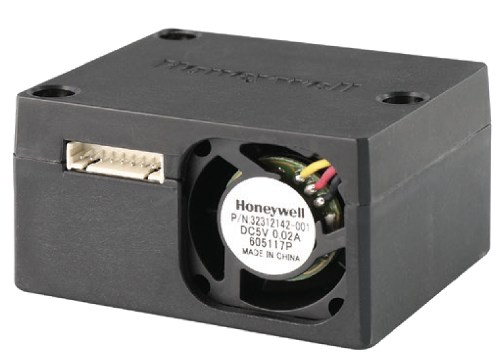
Laser based PM2.5/PM10 sensor
20USD (130CN¥)
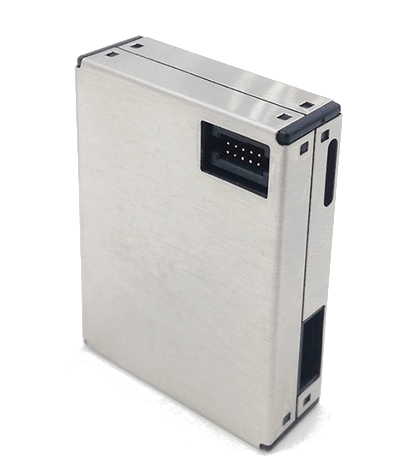
Laser based PM2.5/PM10 sensor
18USD (120CN¥)
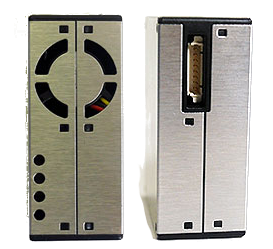
Laser based PM2.5/PM10 sensor
14USD (90CN¥)

Laser based PM2.5/PM10 sensor
14USD (90CN¥)
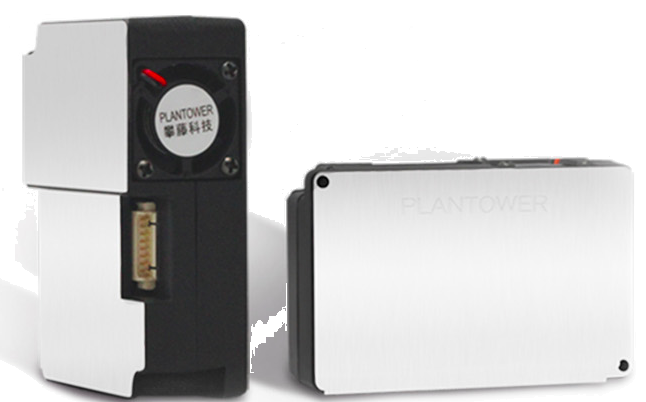
Laser based PM2.5/PM10 sensor
24USD (160CN¥)
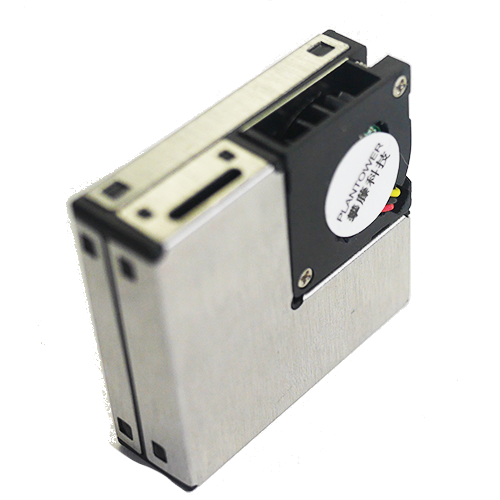
Laser based PM2.5/PM10 sensor
23USD (150CN¥)

Laser based PM2.5/PM10 sensor
19USD (128CN¥)
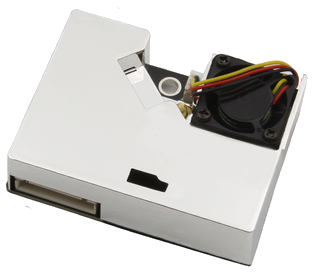
Laser based PM2.5/PM10 sensor
23USD (155CN¥)
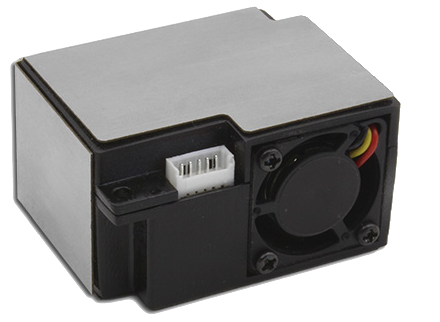
Laser based PM2.5/PM10 sensor
20USD (130CN¥)
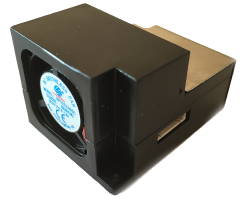
Virtual Impactor for Sharp
GP2Y1051AU0F
20USD (135CN¥)
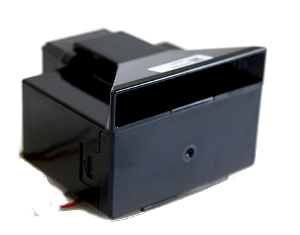
LPO Optical PM sensor
5USD (35CN¥)
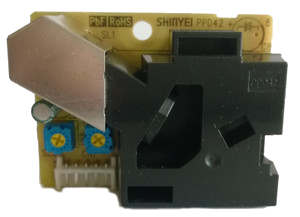
LPO Optical PM sensor
4USD (24CN¥)

Analog Optical PM sensor
5USD (35CN¥)

Laser based PM2.5/PM10
integrated monitor
300USD (2000CN¥)
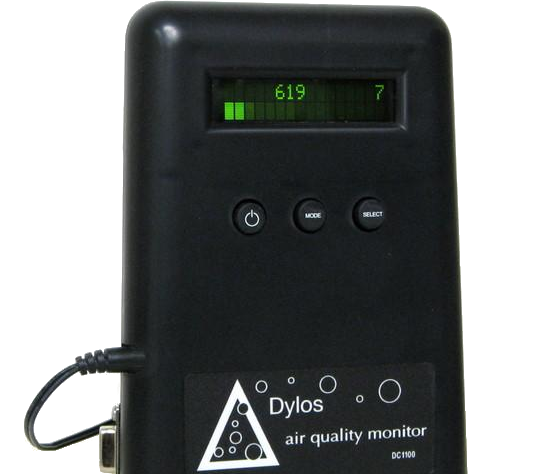
Laser based PM2.5/PM10 sensor
500USD (3333CN¥)
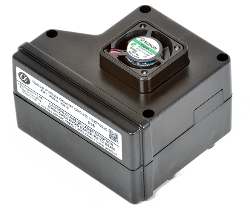
Gas Sensors
On the opposite of particle sensors, the gas sensor can detect and count the type of particle present in the air, such as for instance Ozone (O3), Nitrogen Dioxide (NO2), Sulfur Dioxide (SO2), ...
Ozone Electro-Chemical sensor
60CNY

Ozone Electro-Chemical sensor
57USD (380 CN¥)

Ozone MEMS sensor
18USD (120 CN¥)
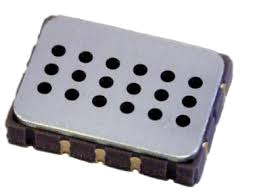
NO2 MEMS sensor
23USD (150 CN¥)

NO2 Electro-Chemical sensor
90USD (600 CN¥)
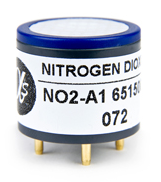
Carbon Monoxyde Electro-Chemical sensor
5CNY

Notes
- Note1: The USD/CNY conversion rate is based on 1 CNY = 0.15 USD. The price are based on direct purchase from the vendors without shipping cost.
- Note2: The Dylos monitor does not really belong to the PM sensor category since it is a completely integrated and standalone monitoring equipment, much more expensive than any other sensor, but it is listed here for historical reason.
- Note 3: The Alpha Sense OPCN2 is expensive, and the the price you pay is for the traceable calibration (done using Polystyrene Spherical Latex Particles). Otherwise, from a technology side, it does not include anything better than what the $20 sensors can do, except from an IC.
- Note4: There are many scientific article on low-cost sensor. See the one from NCAS and WACL for an excellent and brief overview on the evaluation of low cost chemical sensors for air pollution measurement.
Last 5 days PM2.5 comparative measurement
--
